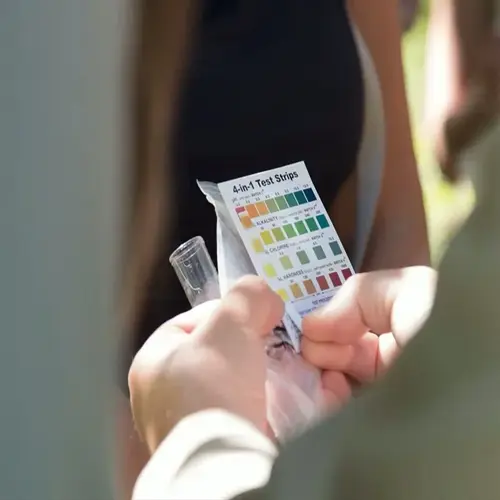Are outdoor gardens riskier than indoor plants?

Written by
John Williams
Reviewed by
Prof. Henry Webster, Ph.D.Outside gardens provide special dangers, including foxglove and yew hedges, while inside spaces conceal dangers, including lilies and dieffenbachia. My veterinary career indicates that pets meet with toxic plants more commonly outside, where they can roam unimpeded. Gardens have wider sphere access, but inside plants are more dangerous in confined quarters. Both should be carefully watched to protect what are naturally explorative pets.
Outdoor Hazards
- Foxglove: Causes cardiac arrest in shaded areas
- Yew hedges: Berries kill within hours if ingested
- Monitoring challenge: Pets explore unsupervised
- Prevention: Install fencing and regular patrols
Indoor Hazards
- Lilies: Pollen causes kidney failure in cats
- Dieffenbachia: Triggers oral swelling upon contact
- Exposure frequency: Constant access in living spaces
- Prevention: Elevate plants and use deterrent sprays
The frequency of exposure varies greatly. Outdoor pets are exposed to toxins through daily excursions in the garden or yard. Indoor pets are constantly exposed to houseplants such as peace lilies. Seasonal increases in outdoor and spring planting poisoning are seen in our clinic. Cases of indoor poisoning occur year-round, especially with the introduction of new plants.
Utilize prevention strategies for both environments. Use physical barriers such as garden fencing outside. Inside, ensure that plants toxic to cats are located on high shelves. I use motion-activated sprinklers to stop dogs from entering garden beds. Frequent safety audits will quickly discover any hazards before accidents take place.
"Surveillance challenges vary." Gardeners need to inspect the perimeters of the trees after a storm that dropped noxious branches, etc. Plants within buildings need to be checked out at clean-up times. I train all pets using commands such as "leave it," employing some positive reinforcement as I work with them. These commands help avoid dangers in both instances.
Substitute hazards with safe substitutes universally. Exchange foxglove for snapdragons outdoors. Exchange dieffenbachia for spider plants indoors. In my house and garden, I now have only ASPCA-approved nontoxic species. This uniformity gives uniform safety throughout.
Read the full article: Toxic Plants for Pets: Ultimate Safety Guide
